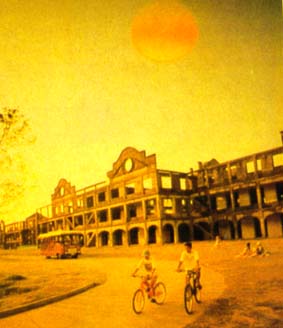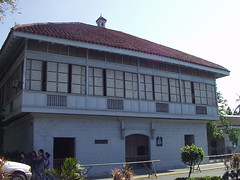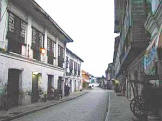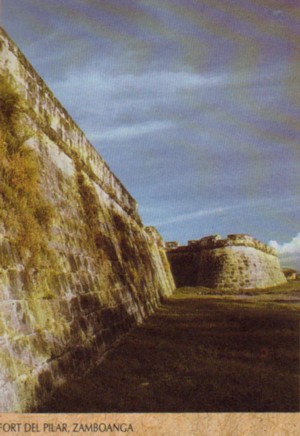Rising to an altitude of about 1500 meters above sea level, the Ifugao Rice Terraces - dubbed the Eighth Wonder of The World, were carved from the harsh terrain of Ifugao province by the hardy native farmers more than 2000 years ago. The terraces run like giant stepping stones, if the walls were laid end to end, they would encircle half the globe.
It is a credit to the inherent wisdom of their forefathers that they instituted a forest management system - a very essential factor in preserving the terraces. Families are allocated small patches of forests which they carefully protect and manage for the provision of wood for fuel, housing and as a watershed from which come the much- needed water for irrigating the terraces.
 Marinduque Crowds of townpeople dress up as a Roman legionaries and figures from the Bible. The masks and helmet called moriones are brought out and the bloody melodrama of how Jesus Christ was crusified begans.
Marinduque Crowds of townpeople dress up as a Roman legionaries and figures from the Bible. The masks and helmet called moriones are brought out and the bloody melodrama of how Jesus Christ was crusified begans.









